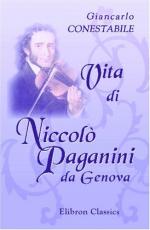|
This section contains 1,826 words (approx. 7 pages at 300 words per page) |

|
Modernist Literature. Modernist literature came to maturity in the 1920s, but its dominant themes and concerns were already becoming evident in novels, poems, and plays of the late nineteenth and early twentieth century. Growing social unrest, which was signaled by unprecedented strikes among industrial workers and the spread of political anarchism, evoked moods of decadence, pessimism, and nostalgia for a more unified and meaningful past. Moreover, in the literature of the 1890s and the first decade of the twentieth century, one can sense an apocalyptic tone and a foreboding that civilization is coming to an end. Du Cote de chez Swann (Swann's Way, 1913) by Marcel Proust (1871-1922) is the first part of the tellingly titled family saga A la recherche du temps perdu (In Search of Lost Time, 1913-1927), first translated into English as Remembrance of Things Past (1922-...
|
This section contains 1,826 words (approx. 7 pages at 300 words per page) |

|




